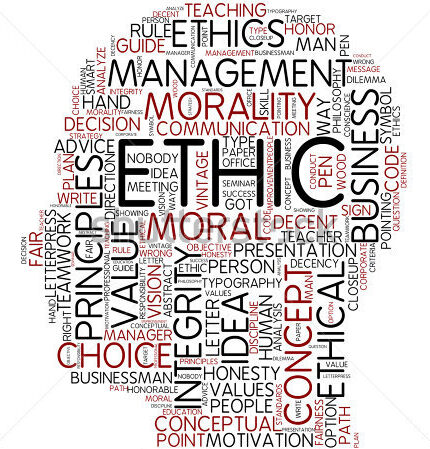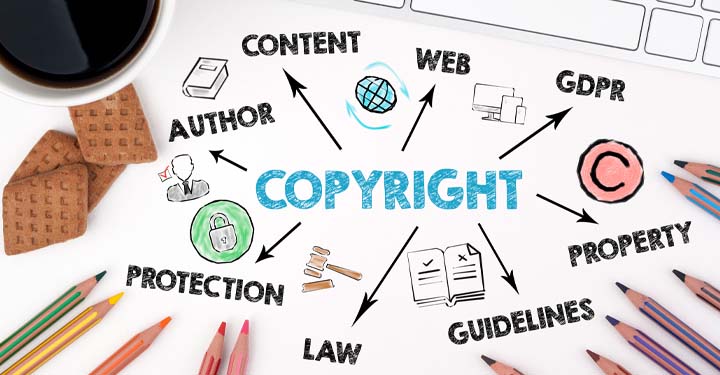A) I think that we have all drawn inspiration from other individuals’ work to create our own. One of my most recent experiences was writing a paper on the history of black art in North America for a prior class. I had to reference in proper citation each painting that I used and referred to in my own work. Since this paper was not being created for monetary gains etc. I was not concerned about the repercussions of usage rights in the case.
http://www.ethicsingraphicdesign.org/

B) Based on the case details provided I agree with the outcome of the case. I think that it is by far a best case scenario example of copyright infringement of photographer Mannie Garcia’s work. His intent (which we have no proof of) might have been an innocent one to begin with but tampering with evidence to hide the fact that the Hope Poster was drawn from/ inspired by the original photo as well as never crediting the originator of the photo is very unethical.
Fairey argued that he also did not benefit financially from the image but with its popularity at the time, this couldn’t have panned out which helped the case rule in favor of AP. The word transformative here piqued my interest. If Fairey had been able to prove that the image, although inspired by the photo, had significantly changed the appearance of the copyrighted work – he might have won the case. Overall, it is extremely important to credit original work as well as outline what the details are for rights/ licensing and usage of any work created especially when inspired by another artist.




Leave a Reply